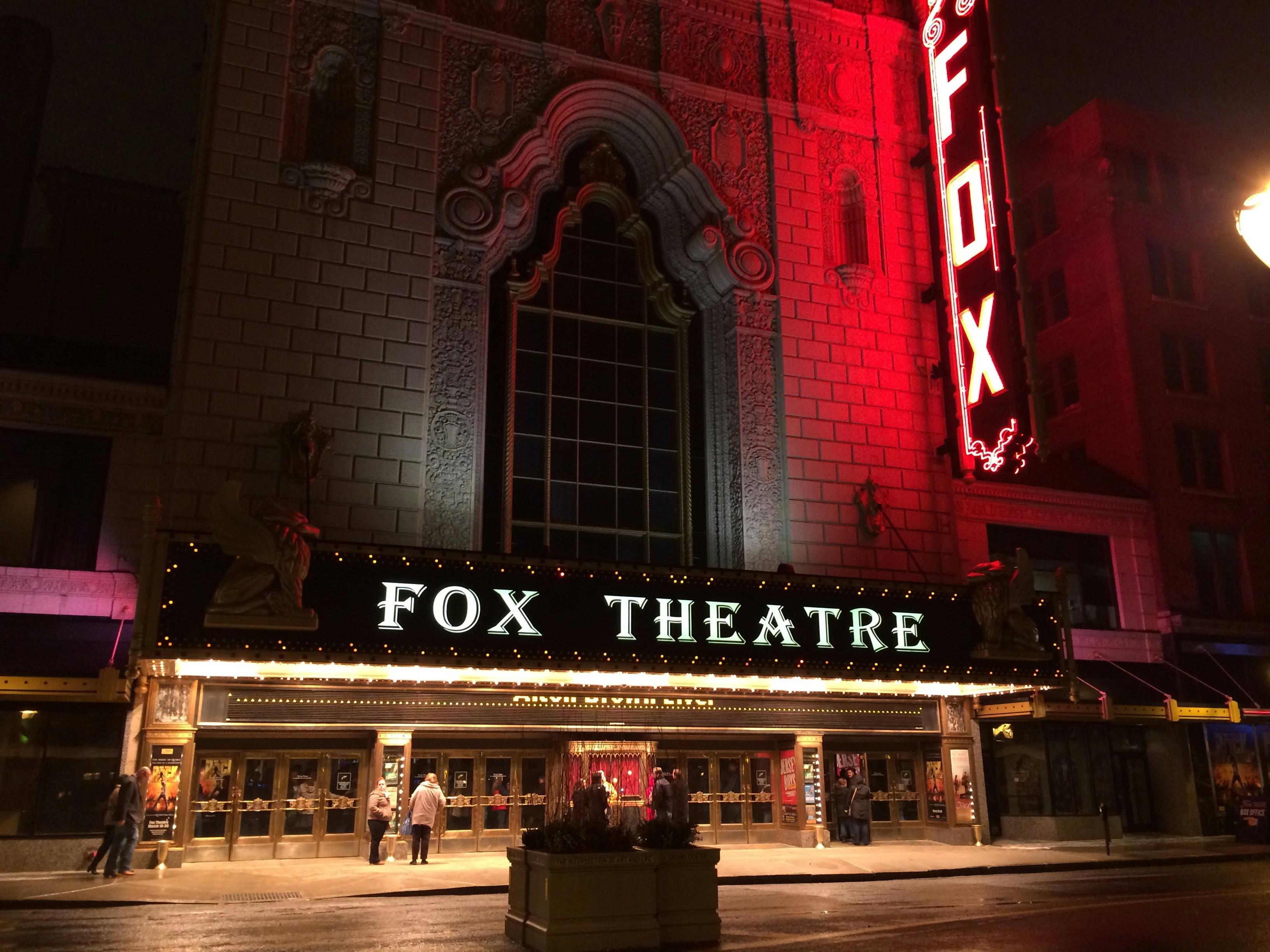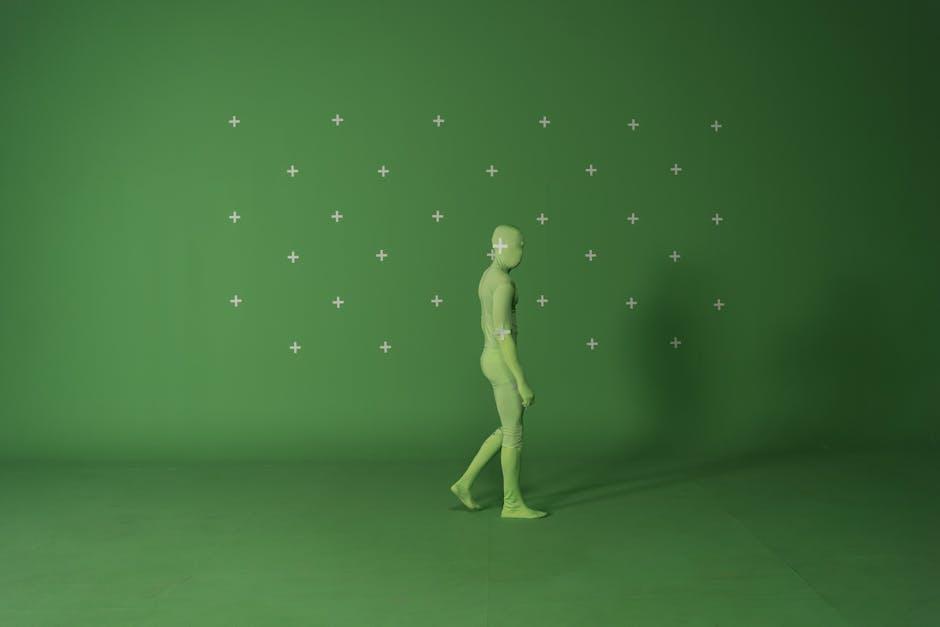In the dazzling realm of blockbuster cinema, computer-generated imagery (CGI) has become a cornerstone of visual storytelling, transforming the impossible into the spectacular. Yet, as audiences are bombarded with a relentless barrage of digital marvels, a critical question emerges: is CGI being overused? This inquiry delves beyond the superficial allure of special effects, probing the balance between technological innovation and narrative integrity. By examining the evolution of CGI, its impact on filmmaking, and the audience’s growing appetite for authenticity, we aim to unravel whether this digital tool is enhancing or undermining the cinematic experience.
Evaluating the Prevalence of CGI in Modern Cinema
In recent years, the film industry has witnessed a dramatic surge in the use of computer-generated imagery, fundamentally altering the landscape of visual storytelling. Blockbuster movies, in particular, have embraced CGI as a cornerstone of their visual appeal, crafting scenes that would be impossible or prohibitively expensive to produce otherwise. While CGI has enabled filmmakers to push the boundaries of imagination, it has also sparked debate over its potential overuse. Critics argue that an over-reliance on digital effects can overshadow storytelling, with hyper-realistic visuals often compensating for weaker narrative elements.
Several factors contribute to this trend:
- Cost-effectiveness: Despite initial investments, CGI can reduce costs related to location shooting and physical set construction.
- Audience expectations: Modern viewers often anticipate a certain level of visual spectacle, driving studios to prioritize eye-catching effects.
- Technological advancements: Rapid improvements in CGI technology have made it more accessible and versatile, encouraging its widespread adoption.
While CGI has undeniably revolutionized cinema, the challenge lies in balancing technological prowess with compelling storytelling, ensuring that digital effects enhance rather than overshadow the narrative.

Analyzing the Impact of CGI on Storytelling and Authenticity
In the realm of blockbuster movies, CGI has become a double-edged sword. On one hand, it opens up endless possibilities for filmmakers to craft visually stunning worlds and characters that were once unimaginable. From epic battles in fantastical realms to lifelike creatures, CGI can elevate storytelling by creating immersive experiences that draw audiences into the narrative. However, the reliance on CGI often raises questions about its impact on storytelling and authenticity. Does it enhance the narrative, or does it overshadow the core elements that make a story compelling?
Critics argue that excessive CGI can lead to a loss of genuine emotion and character development, with movies sometimes feeling more like tech demos than storytelling masterpieces. The balance between CGI and traditional filmmaking techniques is crucial. Considerations include:
- Character Authenticity: Can CGI characters evoke the same emotional connection as real actors?
- Story Immersion: Does the digital spectacle support or distract from the plot?
- Creative Integrity: Are filmmakers prioritizing visual effects over narrative depth?
Striking the right balance ensures that CGI serves as a tool to complement, rather than compete with, the essence of storytelling.
Balancing Visual Effects and Practical Filmmaking Techniques
In the realm of blockbuster filmmaking, the art of balancing cutting-edge visual effects with traditional techniques is crucial. While CGI offers filmmakers unparalleled creative freedom, allowing them to bring the unimaginable to life, it often risks overshadowing the tangible, grounded elements that can make a story truly resonate. Practical effects, on the other hand, lend authenticity and a tactile quality that audiences can instinctively feel. These techniques can include:
- Miniature models for creating realistic landscapes and structures.
- Animatronics to provide lifelike creature movements.
- In-camera effects that harness lighting and physical props.
Filmmakers who deftly combine these methods often craft more immersive experiences. By judiciously integrating CGI with practical effects, directors can maintain the magic of cinema without sacrificing the organic connection viewers crave. The challenge lies in discerning when digital enhancements serve the story and when they might dilute the emotional impact. This balance is key to ensuring that technology remains a tool, not a crutch, in the storytelling arsenal.

Strategic Recommendations for Integrating CGI Effectively
To harness the full potential of CGI without falling into the trap of overuse, filmmakers should focus on a balanced integration that enhances rather than overshadows the narrative. Story-driven CGI is key; it should serve the plot and characters, not replace them. Prioritize scenes where visual effects add depth or are essential to storytelling. This ensures that CGI becomes a tool for immersion, not a spectacle for spectacle’s sake.
- Blend Practical Effects and CGI: Use CGI to complement practical effects, creating a seamless visual experience.
- Emphasize Character Development: Ensure CGI elements support character arcs and emotional beats.
- Focus on Realism and Consistency: Maintain visual coherence by aligning CGI style with the film’s overall aesthetic.
By integrating CGI strategically, filmmakers can craft visually stunning blockbusters that resonate with audiences on a deeper level.

